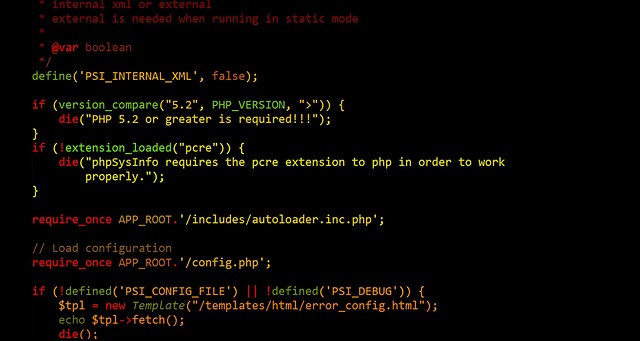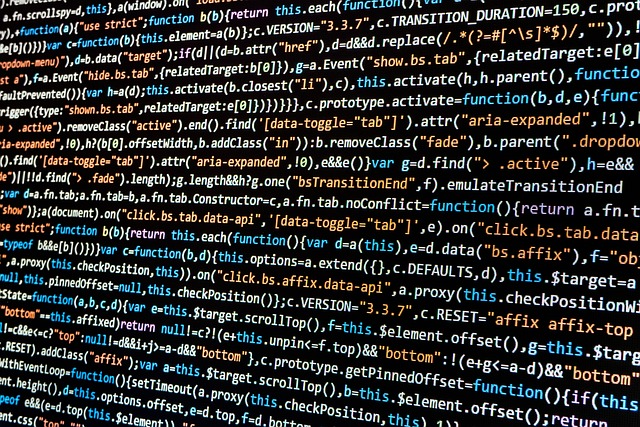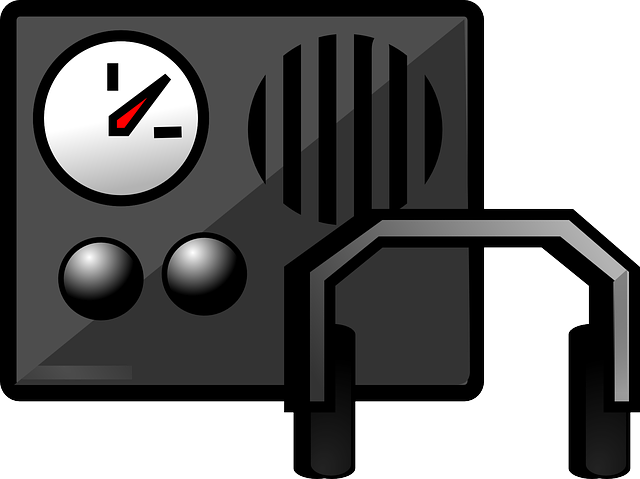Real estate professionals must identify and address common property hazards for occupant safety and enhanced property value. This includes inspections for structural issues, outdated systems, environmental risks, regular maintenance checks, implementing safety features like smoke detectors, security systems, and addressing minor issues promptly to prevent accidents and long-term costs.
In the realm of real estate, ensuring the safety and well-being of property occupants is paramount. This article delves into effective strategies to protect tenants from potential hazards, focusing on three key areas: identifying and assessing common property risks, implementing robust safety measures, and emphasizing regular maintenance. By adopting these practices, real estate professionals can foster secure living environments, mitigating risks and enhancing tenant satisfaction.
Identify and Assess Common Property Hazards

Identifying and assessing common property hazards is a crucial step in ensuring the safety and well-being of real estate occupants. The first step involves conducting thorough inspections to uncover potential risks such as structural weaknesses, outdated electrical systems, or faulty plumbing. Real Estate professionals should also consider environmental factors like proximity to hazardous materials or high-risk natural disasters, which could significantly impact occupant health and property value.
Regular hazard assessments enable proactive measures to mitigate risks. This includes implementing necessary repairs, upgrading safety features, and establishing emergency response plans. By addressing these issues, real estate owners and managers demonstrate their commitment to occupant safety, fostering a secure living or working environment in the process.
Implement Safety Measures for Occupant Protection

In the realm of real estate, ensuring the safety and well-being of property occupants is paramount. Implementing robust safety measures not only enhances the living environment but also adds significant value to the property. Start with basic precautions like smoke detectors and fire extinguishers, ensuring they are up-to-date and easily accessible. Regular maintenance checks for structural integrity and potential hazards such as faulty wiring or leaky pipes are essential to prevent unforeseen disasters.
Additionally, consider advanced security systems including surveillance cameras, motion sensors, and smart locks. These technologies serve as deterrents against burglaries and provide real-time alerts, allowing occupants to respond swiftly to any unusual activities. A well-lit exterior with strategic lighting fixtures further contributes to a safe ambiance, deterring intruders and enhancing the overall security of the property.
Regular Maintenance: Key to Hazard Prevention

Regular maintenance plays a pivotal role in hazard prevention for any real estate property. By implementing a consistent upkeep routine, property owners and managers can identify and mitigate potential risks before they escalate into safety hazards. This proactive approach ensures that the living or working environment remains secure and comfortable for occupants.
From inspecting electrical systems to ensuring proper ventilation and regularly testing fire alarms, these maintenance tasks contribute to creating a safe space. Addressing issues like leaky pipes, faulty appliances, or outdated infrastructure not only prevents accidents but also saves costs in the long term. Regular checks can help detect minor problems early on, making it easier and more cost-effective to repair them before they cause significant damage or pose a threat to occupants’ well-being.






